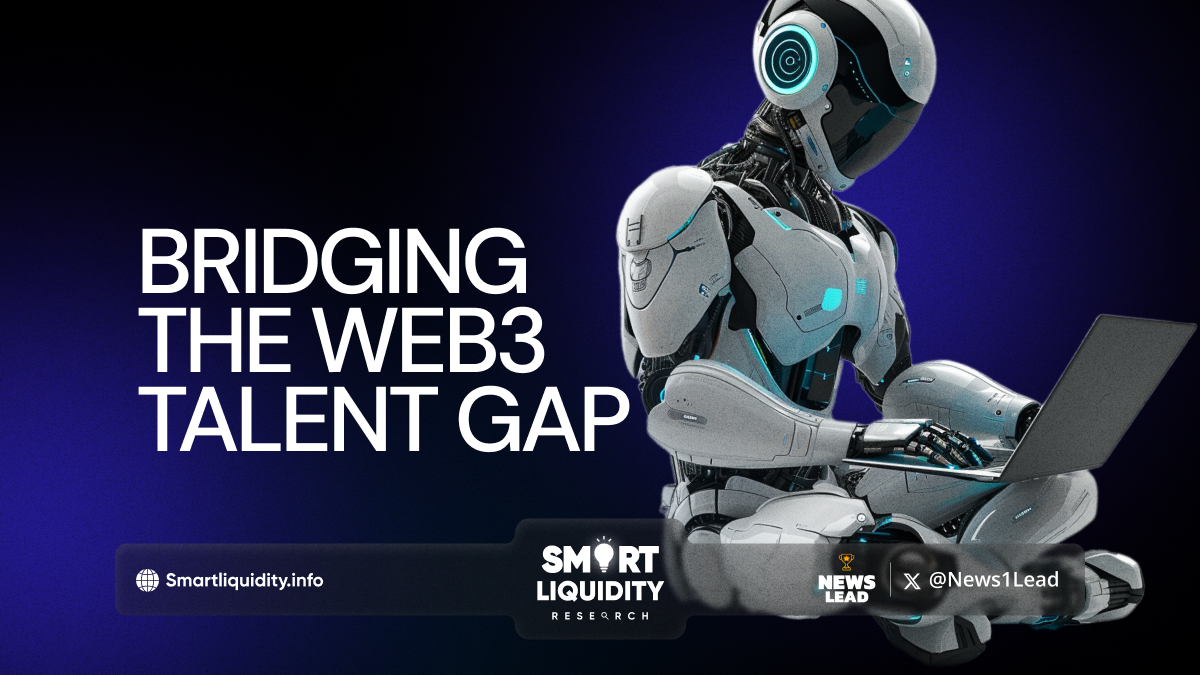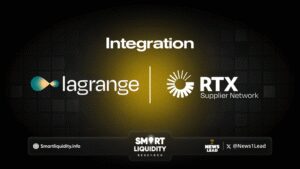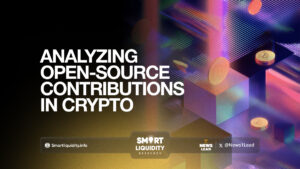Bridging the Web3 Talent Gap


The internet landscape is on the cusp of a significant transformation. Web3, the next iteration of the world wide web, promises a decentralized, user-owned internet built on blockchain technology. This shift has the potential to revolutionize numerous sectors, from finance and governance to social interaction and entertainment. However, this exciting new frontier also presents a formidable challenge: the looming education and talent gap that threatens to impede widespread adoption and innovation in the Web3 space.
Understanding Web3 and its Implications
Web3 is fundamentally different from the current Web2, which is dominated by centralized platforms like Google, Facebook, and Amazon. These platforms control vast amounts of user data and act as gatekeepers of information and online experiences. In Web3, power shifts towards users. Data is stored on secure, distributed ledgers (blockchains), and users own their digital assets and identities. This paradigm shift opens doors for:
- Decentralized Finance (DeFi): A financial system built on blockchains, enabling peer-to-peer transactions without intermediaries like banks.
- Non-Fungible Tokens (NFTs): Unique digital assets representing ownership of digital or real-world items, fostering new avenues for creative expression and monetization.
- Decentralized Autonomous Organizations (DAOs): Community-owned and governed organizations operating on blockchains, enabling collective decision-making and collaboration.
- The Metaverse: A network of interconnected virtual worlds where users can interact, play, and socialize, blurring the lines between the physical and digital realms.
These innovations hold immense potential for reshaping various industries. However, successfully navigating this new landscape requires a workforce equipped with the necessary skills and knowledge.
The Looming Talent Gap
The current education system, largely focused on traditional subjects and rote learning, is ill-prepared to equip individuals with the skillsets needed to thrive in a Web3 world. Here’s a breakdown of the critical skills required:
- Blockchain Technology: Understanding how blockchains work, their functionalities, and their potential applications across various domains.
- Cryptography: Knowledge of encryption techniques used to secure data and transactions on blockchains.
- Smart Contracts: The ability to write and deploy self-executing contracts on blockchains, automating processes and agreements.
- Decentralized Finance (DeFi): Understanding DeFi protocols, lending and borrowing mechanisms, and the risks involved.
- NFT Fundamentals: Knowledge of NFT creation, marketplaces, and the legal implications of ownership and intellectual property.
- Metaverse Literacy: Familiarity with virtual world technologies, digital asset management, and the social and ethical considerations of the metaverse.
The lack of qualified individuals with these skillsets creates a significant talent gap. Businesses seeking to leverage Web3 technologies struggle to find the workforce they need, hindering innovation and adoption.
Bridging the Gap: Educational Initiatives
To prepare for a Web3-dominated future, a multi-pronged approach is necessary. Here are some key initiatives that can bridge the education and talent gap:
- Revamping Curriculum: Educational institutions, from schools to universities, need to integrate Web3 concepts into their curriculum. This can involve introducing courses on blockchain technology, DeFi, NFTs, and the metaverse.
- Promoting Experiential Learning: Hands-on learning experiences are crucial. This could involve hackathons, coding bootcamps, and workshops focused on building Web3 applications and exploring different blockchain platforms.
- Upskilling and Reskilling Programs: Existing professionals need opportunities to upskill and reskill themselves to adapt to the changing landscape. Businesses can offer training programs or sponsor employees to pursue relevant certifications.
- Promoting Open Educational Resources (OERs): Creating and sharing openly licensed educational materials on Web3 topics can make learning more accessible and affordable for a wider audience.
- Collaboration with Industry Experts: Partnerships between educational institutions and industry leaders can ensure that curriculum development aligns with real-world needs and emerging trends.
Individual Initiatives: Self-Directed Learning
Individuals also play a crucial role in bridging the gap. Here’s how you can take charge of your own learning journey:
- Online Courses and Tutorials: Numerous online platforms offer courses and tutorials on Web3 topics. Explore platforms like Coursera, edX, and Udemy for introductory and advanced courses.
- Web3 Communities and Forums: Engaging with online communities like Discord servers and forums dedicated to Web3 can provide valuable insights, discussions, and peer-to-peer learning opportunities.
- Podcasts and Webinars: Many podcasts and webinars delve into the intricacies of Web3. Listening to these can be a convenient way to stay updated on the latest developments.
- Building Projects: The best way to learn is by doing. Experiment with building your own Web3 projects, even simple ones, to gain practical experience and solidify your understanding.
The Road Ahead: Challenges and Considerations
While these initiatives offer a promising path forward, there are challenges to consider:
- Rapid Evolution of Web3: The Web3 landscape is constantly evolving. Educational resources and curricula need to be adaptable to keep pace with innovations and emerging technologies.
- Accessibility and Inclusivity: Educational opportunities in Web3 should be accessible to everyone, regardless of background or socioeconomic status. Initiatives that promote inclusivity and bridge the digital divide are crucial.
- Regulation and Uncertainty: The regulatory landscape surrounding Web3 is still taking shape. Educational resources should address these uncertainties and equip learners with the knowledge to navigate potential legal and compliance issues.
- Shifting Mindsets: Transitioning from a centralized to a decentralized world requires a shift in mindset. Educational programs should foster critical thinking, problem-solving skills, and the ability to adapt to a rapidly changing environment.
Building a Web3-Ready Workforce: A Collective Effort
Bridging the education and talent gap for a Web3-dominated future requires a concerted effort from various stakeholders:
- Educational Institutions: Educational institutions need to prioritize the development of relevant curriculum and programs that equip students with the necessary skills.
- Governments: Governments can play a role in promoting Web3 education and research, potentially through funding initiatives and facilitating partnerships.
- Industry Leaders: Businesses in the Web3 space can contribute by offering internship programs, sponsoring educational programs, and collaborating with institutions to develop relevant coursework.
- Individuals: Individuals have the power to take charge of their learning journey and invest in self-directed learning opportunities.
Conclusion: Embracing the Opportunities
The Web3 revolution holds immense potential for creating a more equitable, transparent, and user-centric internet. By bridging the looming education and talent gap, we can ensure that this new frontier is accessible and fosters innovation for all. By equipping ourselves with the necessary knowledge and skills, we can embrace the opportunities of Web3 and create a future where technology empowers individuals and communities.




